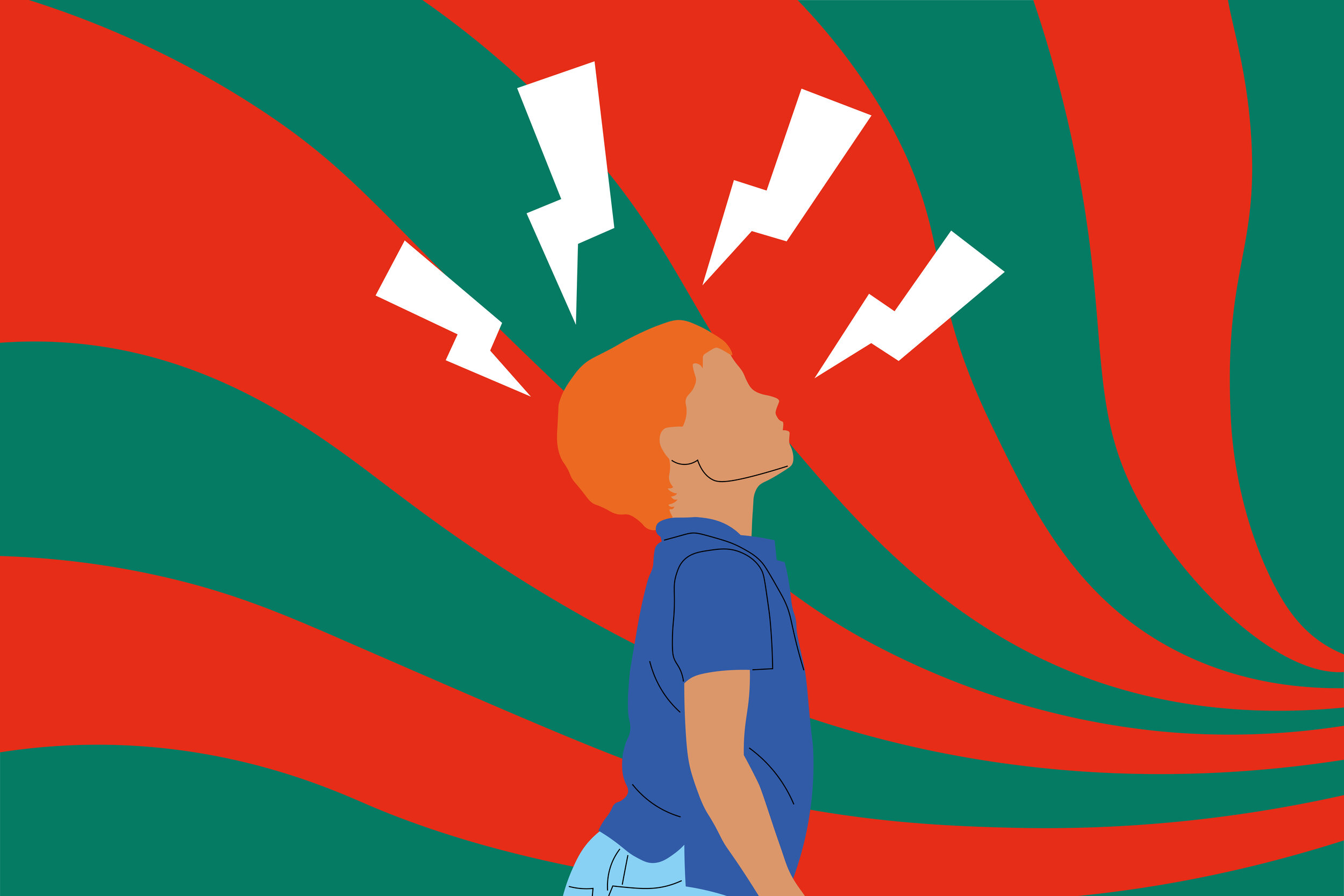Three Techniques to support students with ADHD (and all Wiggly kids)
“I’ve never even heard of detention for a six year old.”
My Lyft driver expressed his dismay at the trouble his son was getting into at school. We were having a pre-dawn discussion about kids – his son, my grandsons. His statement caused me to become instantly awake, wanting to download a book’s worth of data, techniques, and wisdom. “Just stop! It isn’t even 6 a.m.” I told myself.
As I got out of the car I wished him good luck and said, “Look up mindfulness for kids. It really works.”
I love what I refer to as the wigglers. They can certainly be a challenge in a classroom and at home, though. “Hyper” behavior can be caused by a broad range of things. It can range from vision or hearing problems, poor sleep habits, poor diet, or even, lead poisoning. It can also be a physiological difference. Sometimes other issues such as autism and sensory integration disorder can manifest in wiggles. Classroom environments are often not friendly toward children who need to move and this leads to problems. Mindfulness techniques can help these children. In fact, studies have shown that mindful meditation is beneficial to children with ADHD especially if they practice with their parents at home.
Included here are four simple techniques that I have found to be helpful to students who need physical movement. I have selected these techniques because, in general, they are discreet so a child can do them without their classmates noticing. They can be practiced one-on-one at home or in tutoring, or within the classroom in a whole group setting. I have explained how to do each one. It is always good to start by taking a deep breath in and exhaling slowly before doing one. It brings focus to the technique. When you teach the technique, try it yourself beforehand, so you can help your learner understand what to do.
"Studies have shown that mindful meditation is beneficial to children with ADHD especially if they practice with their parents at home."
Resistance techniques
These techniques provide physical feedback and can help by using energy in a controlled manner. These are excellent for when a child is expected to sit still and has the overwhelming urge to move.
Tense and relax: Tighten one part of your body as tight as you can as you breathe in to the count of four. Hold it for the count of four. Then relax and let go of the tension as you count back from four. Wiggle whatever part of the body you tensed. A child can pick any part of their body: hands, legs, face, shoulders, even eyes, wherever they feel tense.
Finger pushes: Place the finger tips from each hand together. Press the tips together as you breathe slowly. A child can decide how much pressure to use, but when you are teaching the technique coach the student to try pressing gently then harder. Sometimes alternating pressures from breath to breath helps focus.
Self-control techniques
These techniques are great for gaining a sense of control and a mind shift. Wigglers often feel like outsiders or “the bad kid” within a group. Encourage the child to expand on these techniques to help build their self esteem.
I Am: I can honestly say that I love this technique. As you breathe in, you think “I am” and as you exhale you think “Calm.” You can create a list of alternative positive words to use instead of “Calm.” Favorites of children I have worked with are: brave, kind, smart, focused, hardworking, and everyone’s favorite, Whabam.
Square breaths: As you breathe in count slowly to four. Hold your breath for the count of four. Exhale all the air in your lungs to the count of four. Wait to inhale for the count of four. As a child masters this breath, they can increase their count and the number of repetitions.
A plan for when things fall apart
Brainstorm a list of three or four favorite strategies with your child when they are having a good moment. It can include these four techniques as well as other acceptable strategies you have come up with. Write the name of the techniques or draw a symbol for each (such as square for the square breath) on an index card. In the classroom, this can be taped on a desk or put someplace to easily be referred to when the child needs it.
I like to create a visual cue in advance with my students to remind them to check their list. I would make a few suggestions and let them pick the cue they wanted. It could be drawing a check in the air, pointing my forehead, or tapping a desk. We then practiced it a few times. This way, when I noticed they needed a strategy, the child was able to refocus quickly.
With children who need these strategies, there will always be times when the best laid plans don’t work. They will still wiggle. It will not change who they are. It simply gives them tools to feel in control. You may need to fine tune what techniques work best. Be patient and keep trying. You will begin to see that they will move from using their mindfulness techniques with prompting to begin to use them on their own with self-confidence to control themselves when it is most needed.
Today author and teacherpreneur Lee-Ann Meredith joins our special author series









